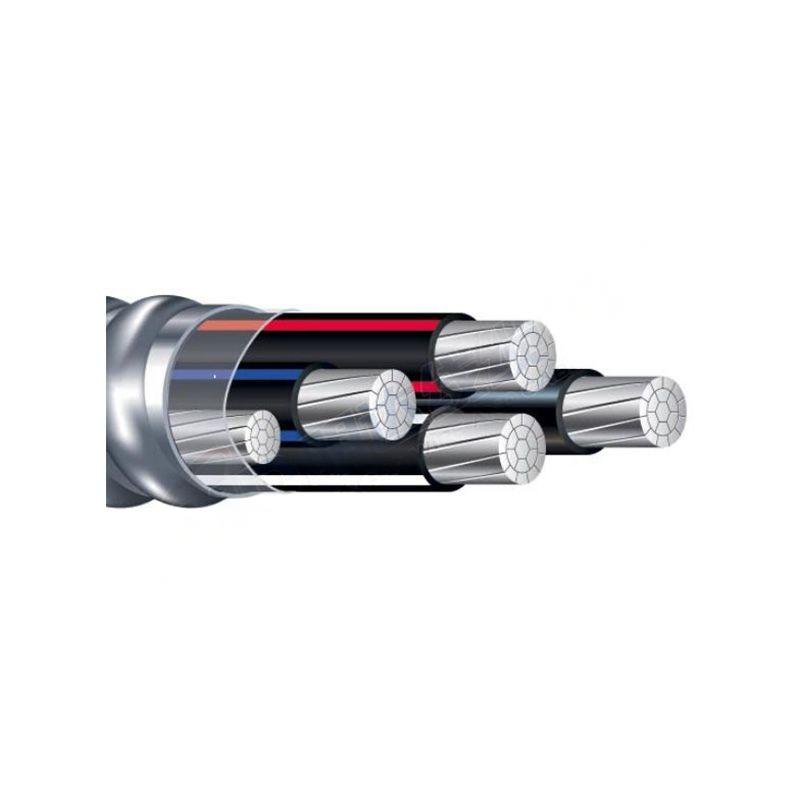Nov . 04, 2024 22:08 Back to list
swing type check valve
Understanding Swing Type Check Valves
In the realm of fluid dynamics and piping systems, check valves serve a critical role in ensuring the unidirectional flow of fluids. Among the various types of check valves, the swing type check valve is particularly noteworthy due to its unique design and operational characteristics. In this article, we will explore the functionality, advantages, and applications of swing type check valves, shedding light on why they are favored in many industrial settings.
What is a Swing Type Check Valve?
A swing type check valve is a mechanical device designed to prevent backflow in piping systems. Its operation relies on a swinging disc that moves freely within the valve body. In normal operation, when fluid flows in the intended direction, the pressure causes the disc to swing open, allowing the fluid to pass. When the flow stops or reverses, the disc swings back into a closed position, effectively sealing the valve and preventing any backflow.
This mechanical action is simple yet highly effective, making the swing type check valve a popular choice for many applications, particularly in water supply systems, wastewater management, and industrial processes.
Key Characteristics
One of the most defining features of swing type check valves is their design. Typically, they have a hinge axis located above the disc, which allows for a large flow area and minimal pressure drop when the valve is open. As a result, these valves can handle higher flow rates compared to other types, such as ball or lift check valves.
Moreover, swing type check valves are available in various materials, including stainless steel, cast iron, and PVC, making them suitable for a wide range of fluids and operating conditions
. The choice of material often depends on the specific application, including the nature of the fluid being transported and the environmental conditions present.Advantages of Swing Type Check Valves
swing type check valve

1. Low Pressure Drop One of the most significant advantages of swing type check valves is their ability to maintain a low pressure drop when fluid flows through them. This efficiency is critical in piping systems where pressure conservation is paramount.
2. Durability and Reliability Made from robust materials, swing type check valves are designed to withstand various pressures and temperatures. Their simplicity of design means there are fewer components that can fail, resulting in a reliable service life.
3. Self-Operating Mechanism These valves operate automatically without the need for external power sources, making them particularly advantageous in remote or safety-critical applications.
4. Versatile Applications Swing type check valves are versatile and can be used in numerous settings, including municipal water systems, drainage systems, chemical processing, and HVAC systems.
Limitations
Despite their many advantages, swing type check valves do have limitations. For instance, they may be less effective in low flow conditions, as the disc may not seat properly due to insufficient pressure. Additionally, in applications involving pulsating flow, the swinging nature of the valve can lead to wear over time.
Conclusion
Swing type check valves are essential components in many fluid systems, providing an effective means of preventing backflow and ensuring smooth operation. Their design offers advantages in terms of pressure drop, durability, and versatility, making them suitable for diverse applications across various industries. Understanding both their functionalities and limitations is crucial for engineers and operators to ensure optimal performance in their respective applications. As industries continue to evolve and demand more reliable fluid control solutions, swing type check valves will undoubtedly remain a vital player in the field of fluid mechanics.
Share
-
Reliable Wafer Type Butterfly Valves for Every IndustryNewsJul.25,2025
-
Reliable Flow Control Begins with the Right Ball Check ValveNewsJul.25,2025
-
Precision Flow Control Starts with Quality ValvesNewsJul.25,2025
-
Industrial Flow Control ReliabilityNewsJul.25,2025
-
Engineered for Efficiency Gate Valves That Power Industrial PerformanceNewsJul.25,2025
-
Empowering Infrastructure Through Quality ManufacturingNewsJul.25,2025